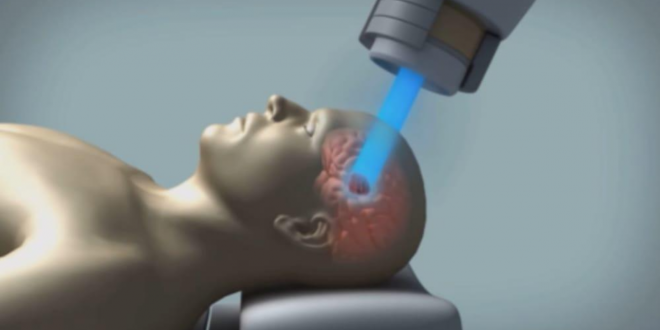Medicine has come a long way, but it’s still is not quite possible to see inside a living person without invasive measures. Knowing the location of a tumor is lifesaving, but investigating inside the human body often requires cutting open a patient or swallowing long tubes with built-in cameras, which is expensive, invasive, and time-consuming.
Recently, a GPS-like system (ReMix) developed by scientists at the Massachusetts Institute of Technology could help doctors locate medication or track tumors inside the human body, ushering in a new era of cancer treatment.
ReMix is a system that uses low-power wireless signals on implants introduced into the body, allowing their location to be found, even as they move. It can pinpoint the location of ingestible implants inside the body. ReMix could be used as tiny tracking devices on shifting tumors to help monitor their slight movements. In animal tests, scientists demonstrated that they can track the implants with centimeter-level accuracy. During testing, the researchers implanted a small marker in animal tissues and used their wireless system to track the implant’s movement. They then developed an algorithm that uses the signal to give the marker’s exact location within a centimeter. Their successful testing has the potential to increase the number of treatments available to people with cancer. These implants could work as tiny tracking devices that monitor the movement of shifting tumors. In particular, it could be advantageous for proton therapy. It is an approach that directs magnet-controlled proto beams onto tumors, which requires knowledge of the precise location of the tumor.
While ReMix isn’t quite ready for clinical testing, researchers continue their work to improve it. ReMix has the potential to cure cancer patients around the world and may be widely used to detect tumors.
 Tempus Magazine By Students, For Students
Tempus Magazine By Students, For Students 



